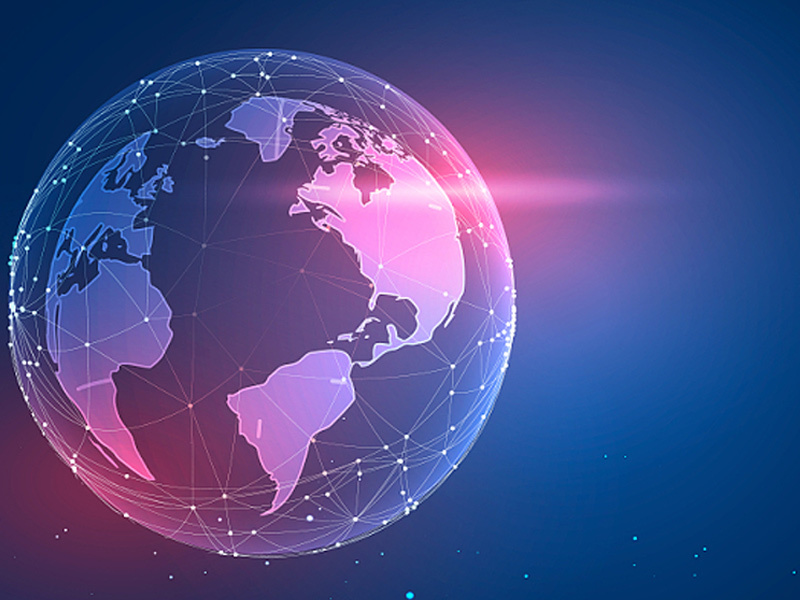What is the difference between water reuse and wastewater reuse?
2023-11-10
The term "reclaimed water" is relative to upper water (water supply) and lower water (drainage). Water reuse technology refers to the residential life waste (sewage) water (bath, washing, laundry, kitchen, toilet) centralized treatment, to reach a certain standard back to the community for greening irrigation, vehicle flushing, road flushing, household toilet flushing, so as to achieve the purpose of saving water.
Wastewater reuse is usually confused with reclaimed water reuse, but it is different. Wastewater reuse refers to that industrial wastewater is reused to the production line through UF + RO process and recycled, with a recovery rate of relatively less than 75%, and is not used for greening irrigation, vehicle washing, road washing, household toilet washing, etc. Industrial recycling can be carried out to save costs and protect the environment.
There are three treatment methods for reclaimed water due to different uses:
1. One is to treat it to the standard of drinking water and directly reuse it in daily life, that is, to realize the direct recycling of water resources. This treatment method is suitable for areas with extreme shortage of water resources, but the investment is high and the process is complex;
2. The other is to treat it to the standard of non-drinking water, which is mainly used for water that is not in direct contact with the human body, such as toilet flushing, ground, car cleaning, greening watering, fire fighting, industrial ordinary water, etc. This is the usual way of reclaimed water treatment.
3. In industry, reclaimed water reuse technology can be used to reprocess industrial sewage that reaches the discharge standard. Generally, softener, RO,EDI/mixed bed and other equipment can be added to make it reach the level of softened water, purified water and ultra-pure water. Industrial recycling can be carried out to save capital and protect the environment.
The water quality must meet the following conditions:
1. Meet the health requirements. The main indicators are the number of coliforms, the total number of bacteria, residual chlorine, suspended solids, COD, BOD5, phosphorus and so on.
2. Meet people's sensory requirements, that is, no bad feeling. The main indicators are turbidity, color, odor and so on.
Meet the requirements of equipment structure, that is, water quality is not easy to cause serious corrosion and scaling of equipment and pipelines. Its measurement indicators include pH value, hardness, evaporation residue, soluble substances, etc.
China's research on reclaimed water is getting deeper and deeper. In order to ensure the safe, reliable and reasonable use of reclaimed water as domestic miscellaneous water, the "Water Quality Standard for Domestic Miscellaneous Water" (CJ25.1 -89) was formally promulgated in 1989.
China Sales Department
Address:Industrial road west,186, Qixian County, Henan Province, 456750 ,China,
Los Angeles Sales Department, USA


